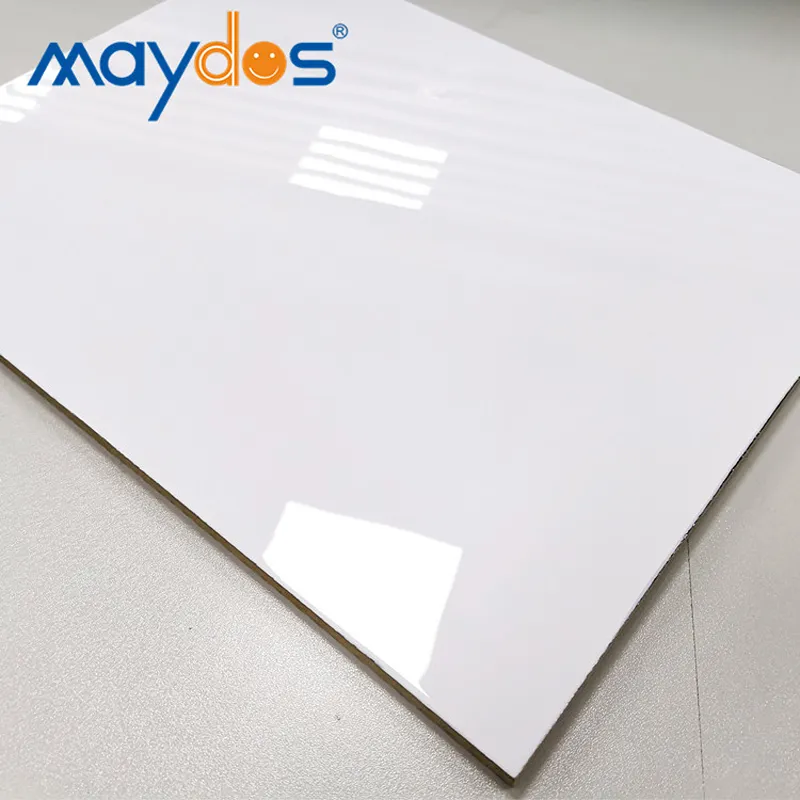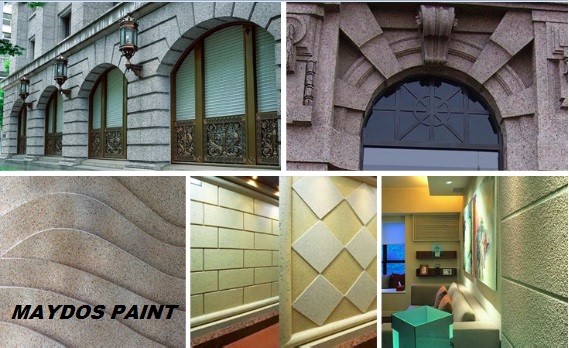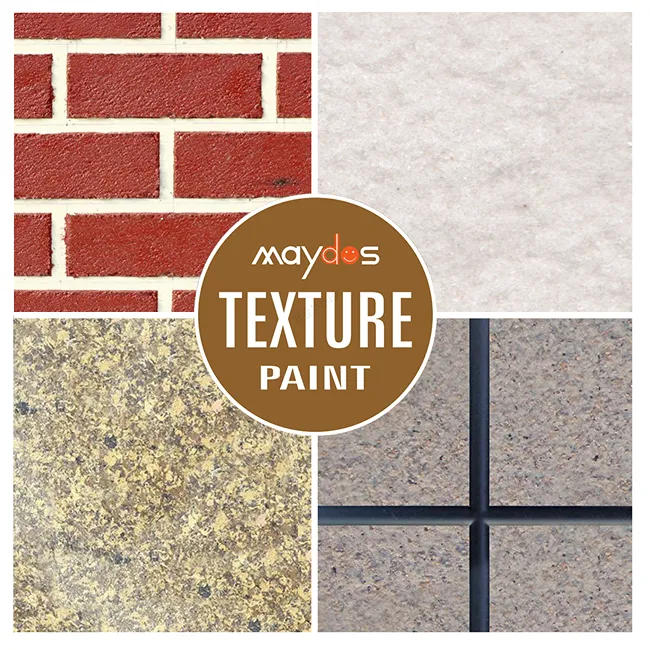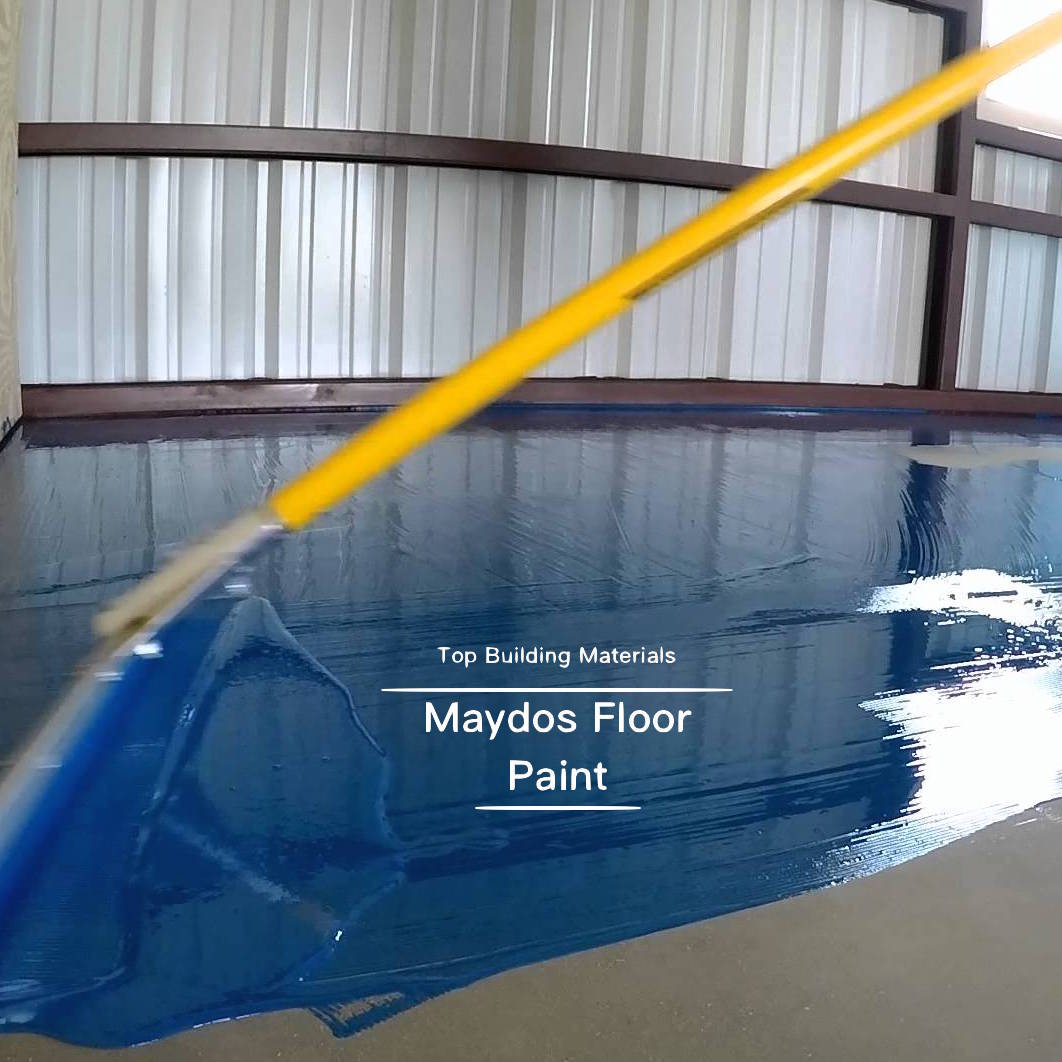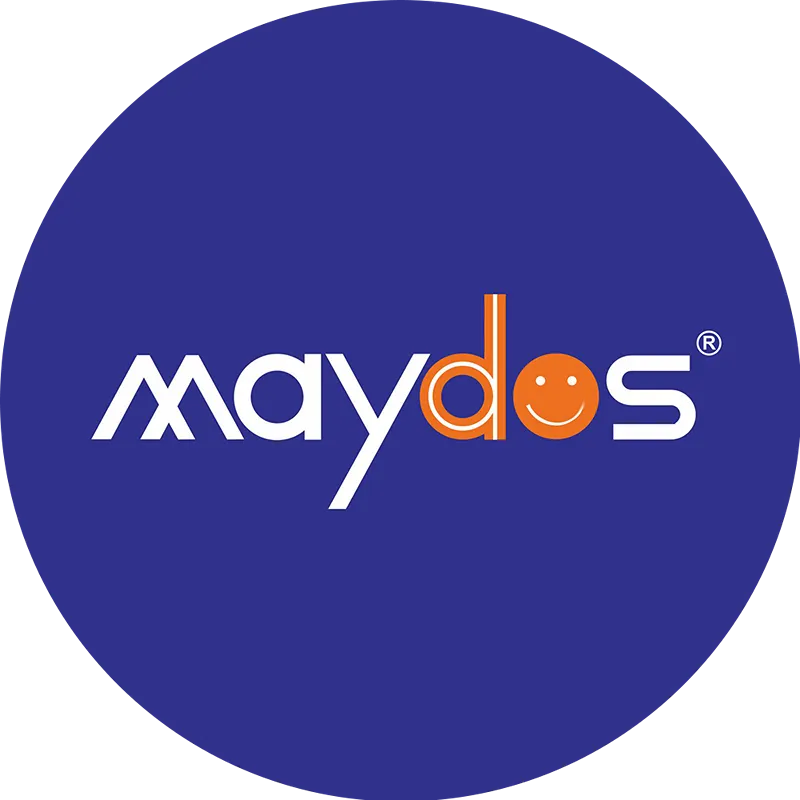Coating Factory
Coating factories are facilities that manufacture coatings that are customized to a specific surface and environment. This allows companies to make custom coatings that are suited to the specific needs of their customers. Some examples of coating factories include PPG Industries, Inc., a Fortune 500 company that supplies coatings and paints for businesses and homes worldwide. Its headquarters are in Pittsburgh, Pennsylvania, but it has operations in more than 70 countries.
Costs of starting a coating factory
There are many factors to consider when determining the costs of starting a coating factory. One important factor is the size of the facility. A large facility with a high capacity can be more expensive than a small one. For example, a small coating factory will not be able to coat large pieces of metal quickly. In addition, a large facility will require more manpower and energy than a small one.
Other expenses that will affect your cost of starting a coating factory include space, equipment, and employee recruitment. Among these, the biggest expense is the investment in equipment. Powder coating is much less expensive than other types of painting and requires fewer pieces of equipment and a smaller area. The space required to start a coating factory depends on the type of service that you plan to provide.
Powder coating can be a profitable business, but the initial investment is high. According to the Powder Coating Institute, the setup costs can total more than $60,000 and that doesn’t include the cost of the equipment itself. To learn more about the business, enroll in a workshop with the institute. These workshops can cost anywhere from $400 to $600. It takes about a week to complete this training and certification. Powder coating costs around $700 to $800 per part, and you can make a 30% profit from each project.
Other equipment required for starting a coating factory include an air compressor and a spray booth. If you are using powder coating, you will also need a curing oven and an exhaust duct. The curing oven can add to your start-up costs and will also limit the size of your parts. Larger, heavier parts will require a bigger oven.
Another important aspect of running a coating factory is the space. Powder coating requires an air-conditioned area, so it is essential that your factory has ample space. Additionally, powder coating equipment is more affordable than wet paint. It is also safer and doesn’t pollute the shop space. Powder coating is also more efficient than wet paint, and there are fewer government regulations.
Equipment needed to start a coating factory
When you’re setting up a new coatings factory, you’ll need to make sure you have the right equipment. The type of equipment you use will affect the production of your finished products. It’s important to purchase flexible equipment that can adjust to changes in color or ingredient composition. For example, if you plan to use a different resin or ink for your product, you’ll need equipment that can handle these changes.
Once you have an idea of the types of coatings you’ll be making, the next step is to choose the equipment. Depending on the type of coating you’re producing, you may choose a powder coating line instead of a wet-painting line. A powder coating line reduces the amount of time needed for curing, which can help speed up production. Different powder coating equipment has different fuel and energy requirements, so you should make sure to choose one that works well for your business.
A batch powder coating line is a type of coating line that can handle several dozens of parts at a time. These parts are stored in rolling racks, which move with the parts during the process. An automated powder coating line, on the other hand, uses the same equipment but uses a conveyor system to move parts through the line.
Before setting up your powder coating factory, you’ll need to obtain a business license and register your business with the U.S. Small Business Administration. You’ll also need to register for sales tax in your state. Lastly, you’ll need to apply for a permit to handle chemicals. Some states require that you undergo a health inspection before a permit can be issued.
The most significant expense of starting a coating factory is the investment of equipment. You’ll also need to pay for permits from the EPA and other organizations. Also, the cost of powder can vary depending on the amount and type of the coating process you want to perform. You’ll need to invest in an experienced powder coating consultant to avoid costly mistakes in your powder coating project. You’ll also need to communicate with your vendors.
Prerequisites for starting a powder coating factory
Before starting a powder coating business, you need to meet certain health and fire safety standards. In addition to these standards, the location of your business should be in an industrial zone, which will protect local residents from hazardous chemicals. The business’s equipment should include a spray booth and exhaust ducts, as well as work benches, a curing oven, and a tub for drying the objects to be coated.
A degree in a chemical engineering field is needed for the powder coating industry. You can choose to provide services to other businesses, such as automotive companies. If you’re a good painter, you may choose to specialize in painting powder coated vehicles. There’s a high demand for these vehicles, which can be sold to the general public. But this will require a greater investment.
A business requires a lot of planning, and a poorly-planned business won’t survive. Once you’ve decided on the type of business you want to run, you’ll need to figure out the equipment you’ll need, what shape you’d like your business to take, and what the overall expectations are. You’ll also need to take some other steps to make sure that your business meets these standards.
If you’re thinking of starting a powder coating factory, you’ll be glad to hear that the industry is growing globally. With more businesses and consumers feeling confident about the economy, the industry is likely to grow significantly in the next few years. It’s also a great opportunity for aspiring entrepreneurs, especially if you’re willing to invest in equipment and training.
When starting a powder coating business, you’ll need to find a location that’s a good fit for your industry. Consider consulting with a powder coating consultant to help you understand the business and get the best equipment for your production needs. These consultants will provide you with a number of vendor connections and insight.
Powder coating is a multi-step process. First, a product (usually a metal part) is coated with fine powder. After that, it’s moved into a curing oven, where the powder melts and forms a uniform, durable coating.
Examples of powder coating facilities
When designing a powder coating line, metal fabricators should consider the environment. The process can be hazardous to the environment, so workers should wear protective equipment. A respirator is also recommended for employees who apply powder manually. Unlike liquid paints, which may release a dangerous chemical into the air, powder coating is nontoxic, and most manufacturers reclaim excess powder.
Powder coating begins with pretreatment of parts to ensure a clean surface. The process uses chemical and mechanical methods to remove dirt, oil, grease, and other impurities. The choice of pretreatment method is based on the size and material to be powder coated, as well as the performance requirements of the final product. Powder coating can be applied to metal or plastic parts.
A powder coating facility uses electrostatic coating to coat metal surfaces. A power gun sprays the powder on, passing over an electrode. The positive charge attracts the powder to the metal surface. Before applying the powder, metal pieces must be cleaned, sanded, or ground to prepare them for the coating. There are many benefits to using powder coating, including lower costs, energy efficiency, and a high-quality finish.
In addition to powder coating, metals can also be coated with other types of finish. Depending on the product, these finishes can have a variety of features. For example, they can make electronic wires and housings resistant to shocks. They can also protect office supplies by coating them with a special coating.
Modern equipment has improved the productivity and quality of powder coatings, allowing manufacturers to expand their application range. Additionally, lower-temperature cure products have made it possible to accommodate heat-sensitive substrates. Another type of process is in-mold powder coating. In this process, the powder coating is sprayed into the mold cavity before the molding cycle. During the molding process, the powder coating binds with the molding compound, producing a durable, chip-resistant finish.
A batch powder coating facility is typically a multistage process that starts with the preparation of parts. The process can involve dozens of parts at a time. They then move through different stages where manual operators or automated devices prepare the parts. Once the parts are finished, they are moved into a curing oven. As they move along the conveyor, they cool down.








